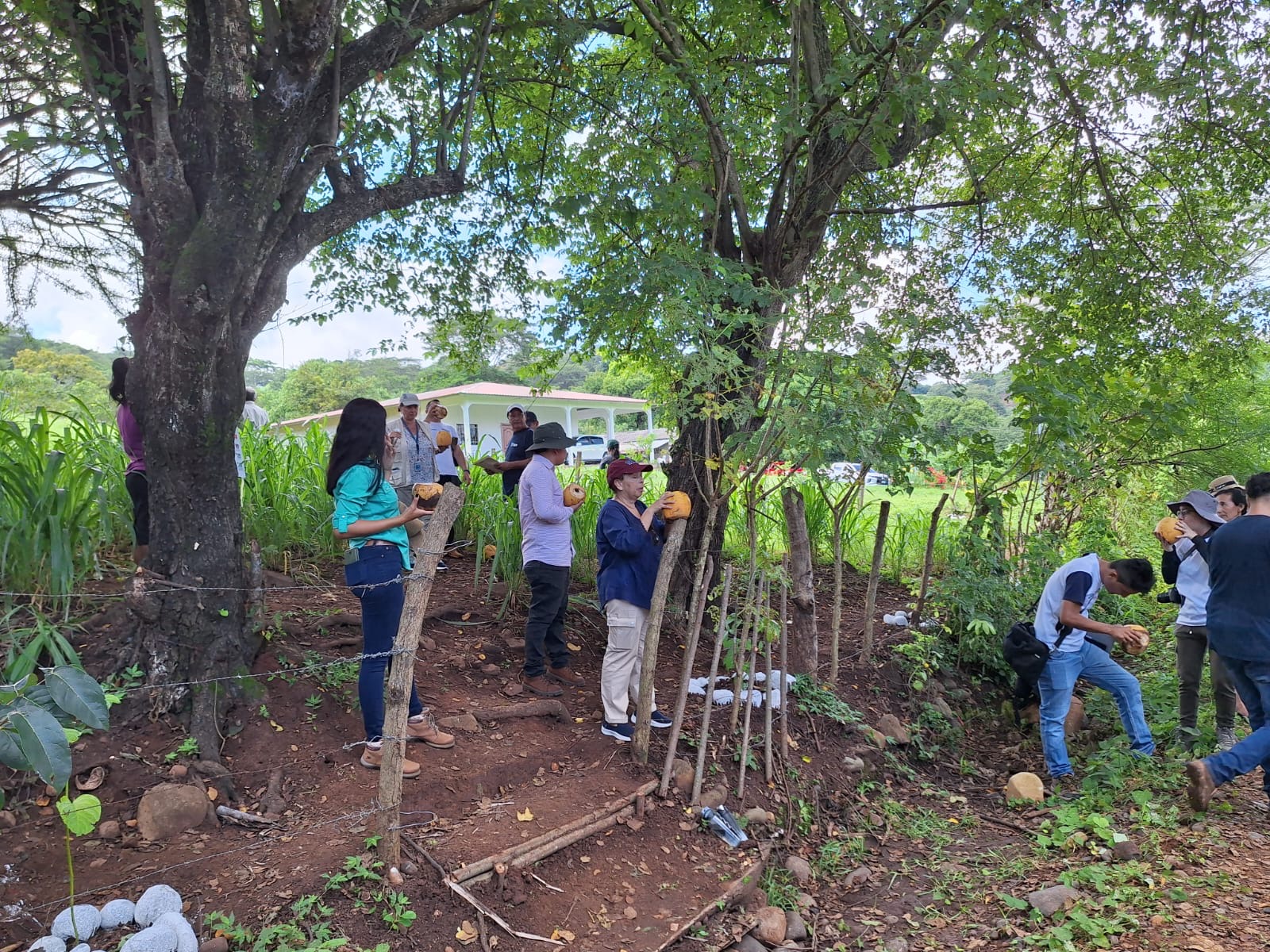AF-funded El Salvador project. (Photo courtesy of UNDP)
The 55th anniversary of Earth Day comes at a perilous time for the planet. The world faces a series of environmental threats unprecedented in the six decades since the event started.
From extreme weather to species decline, deforestation to water insecurity, these risks are growing in scale and severity as the planet heats up and the climate changes.
Many of these threats are related and the need to tackle them together is widely recognised by scientists and policymakers. Increasing forest cover, for example, can support stable rainfall and reduce carbon emissions.
There are multiple examples around the world of people putting these ideas into practice. More and more communities are looking to “nature-based solutions” to tackle new threats to their livelihood and local environment.
One such story of resilience is taking place in the South Ahuachapán region of El Salvador.
El Salvador is a small and densely populated country in Central America, equivalent to the size of the US state of New Jersey. Its small area belies a wide range of climatic conditions with droughts, floods, and soil erosion commonplace. Its two mountain ranges mean much of the agricultural land exists on slopes prone to landslides.
South Ahuachapán is a dry, coastal territory around 90 kilometres from the capital, San Salvador. The UN Development Programme (UNDP) is implementing a project in this region – financed by the Adaptation Fund – to reduce the vulnerability of local communities to climate shocks. It is seeking to achieve this through land restoration, efficient water management, and climate-smart agriculture practices.
The project has a target to restore 3,865 hectares of degraded land, in large part by introducing agroforestry techniques. This includes integrating essential crops such as maize with native tree-planting. Doing so provides shade to the crops, improves soil health, and protects against landslides.
Read the full story at Climate Home News here.



